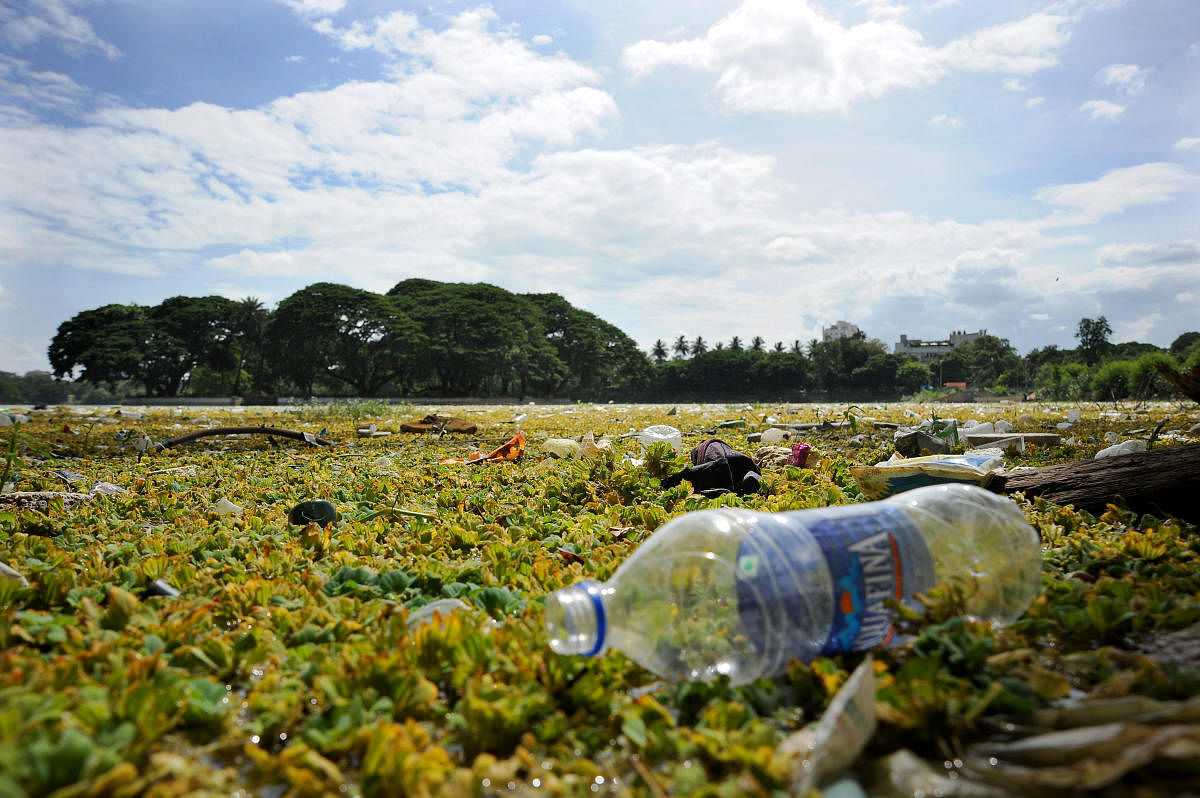
For the first time ever, researchers have found microplastic particles in the placenta of unborn babies. They said it was “a matter of great concern”.
These particles could cause long-term damage or upset the foetus’s developing immune system, they fear. The particles are likely to have been consumed or breathed in by the mothers.
“While we are aware of the effect of plastics, it’s alarming to know that the plastics that we consume enter the placenta through our bloodstream,” says Dr Geeth Monappa, obstetrician and gynaecologist.
These microplastics could trigger an immune response or lead to the release of toxic contaminants.
“There are no tests to find out microplastic levels in a pregnant woman,” she says.
The fact that the study was conducted in Rome does not mean Bengalureans need not be concerned, say experts.
Microplastics pollution has reached every part of the planet. “Plastic has infiltrated our daily lives to the point that we no longer realise when we are using it,” says V Ramprasad, co-founder, Friends of Lakes.
He cites the examples of nylon and polyester. While they are cheaper than cotton, they are not environment-friendly. “Every time you wash them, they lose microfibres that enter surface water,” he says.
It is not possible to cut out nylon and rayon completely without affecting lower-income groups, he observes.
“But society needs to shift from greed-based living to need-based living,” he says. Many industries, such as fashion, talk about new trends because they want to sell their products. “The builders have sold us the idea of nuclear families,” says Ramprasad.
The conversation around microplastic has been muted because the effect is not immediate. “Unless there is some kind of a slap in the face from nature, nothing will change,” he says.
Individual action
“People don’t really care as much when we talk about the ill-effects of plastic on the environment. But, the research shows that it affects human health,” says Odette Katrak, co-founder of Beautiful Bengaluru.
The pandemic, she says, has been a great example of how individual action can collectively add up. “We are the turn of the year. It is a great time to decide to cut out everything that is avoidable,” she says.
The solution
There are few steps that one can take up immediately for the sake of their own health. Odette gives a few tips
Say no to plastic bottles
Using single-use plastic and PET plastic bottles could be one way for the plastic to enter our bodies.
Switch to glass bottles. Steel, brass and copper are also great options, but ensure to clean them well between uses.
Don’t mix hot items with plastic
Paper cups, which are a popular choice among many, have a plastic lining. It is always better to use reusable cups. The same goes for plastic containers in which restaurants deliver food. “Apart from microplastics, hot food or liquids in plastic containers or paper cups are harmful to human health and are carcinogenic, so are best avoided.,” she says.
No plastic in microwave
Move the food item into a microwavable glass container before popping it in the microwave. Using plastic instead has both, carcinogenic as well as endocrinal issues.
About the research
The research, called ‘Plasticenta: First evidence of microplastics in human placenta’, was published in the journal Environment International. The research was conducted at the San Giovanni Calibita Fatebenefratelli Hospital in Rome.
Microplastics were detected on both the foetal and maternal sides of the placenta of four women and in the membrane within which the foetus develops. All women had normal pregnancies and deliveries.
The particles were not found in placentas from two other women, which may be the result of different physiology, diet or lifestyle.
The researchers used a plastic-free protocol to deliver the babies in order to prevent any contamination of the placentas. Obstetricians and midwives used cotton gloves to assist the women in labour and only cotton towels were used in the delivery room.
A dozen plastic particles were found. However, only about four per cent of each placenta was analysed, suggesting the total number of microplastics was much higher. The particles analysed were plastics that had been dyed blue, red, orange or pink, suggesting that they may have originally come from packaging, paints or cosmetics and personal care products.
The microplastics were mostly 10 microns in size, meaning they are small enough to be carried in the bloodstream. The particles may have entered the babies’ bodies, but the researchers were unable to assess this.